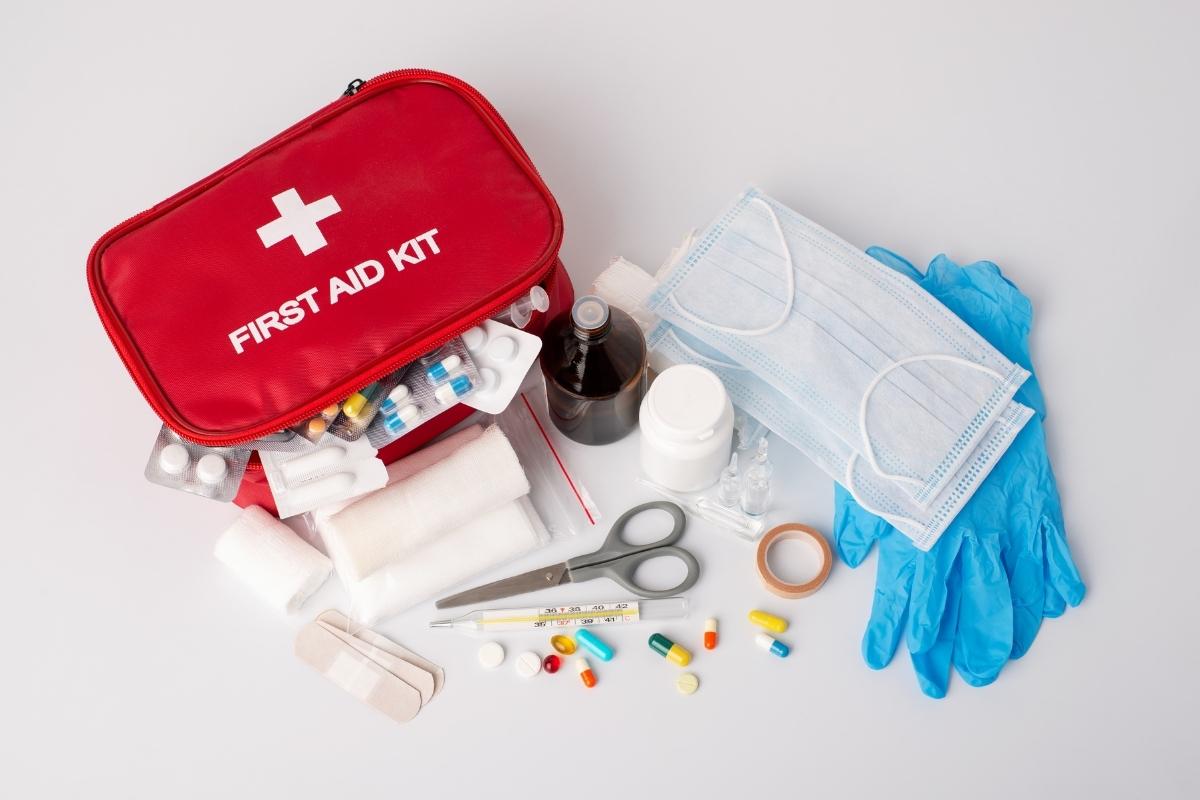Information is your greatest weapon against water contamination. Knowing what to do in case of contamination will help protect you and the people around you. It is unreasonable to expect someone who is not a professional in water treatment to know about all kinds of contaminants.
However, it is important to have a basic knowledge of the common contaminants that have a higher likelihood of getting into water supplies. This working knowledge is useful when performing water analysis or installing a water purifier.
Acrylamide is an odorless organic compound commonly available in the form of white, flake-like crystals. One of its primary uses is in the production of coagulant aids that are used for drinking water treatment. During the production of the coagulant aids, there is a possibility of residual acrylamide remaining in the finished product. Upon putting the coagulant aid in use, it is probable that the organic compound gets introduced to the drinking water.
Due to the lack of odor and very minor physical changes to the water, it can be very difficult to detect acrylamide contamination without a proper analysis. As of the moment, there is no water purifier or treatment process that can remove acrylamide from the water. However, its introduction to the water can be prevented by making sure that the amount of coagulant aids used for water treatment is within the prescribed levels.









